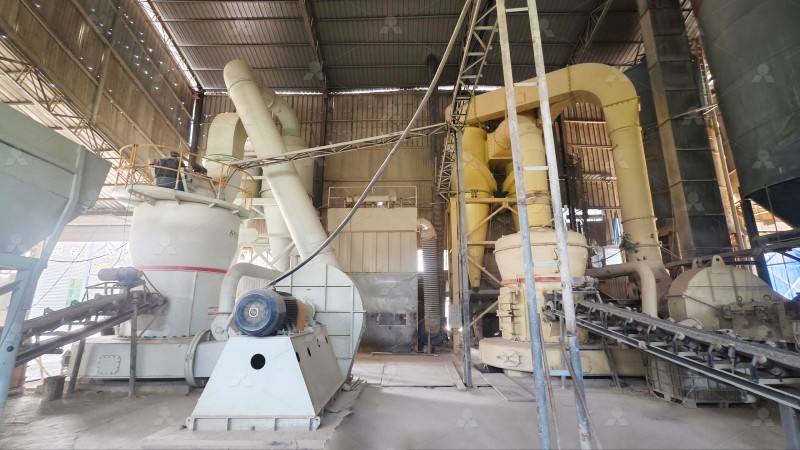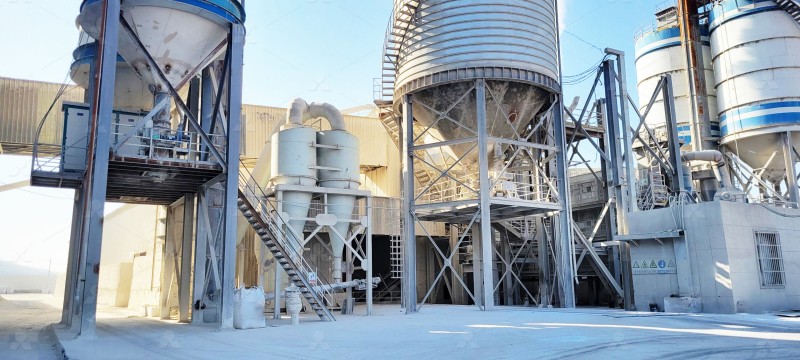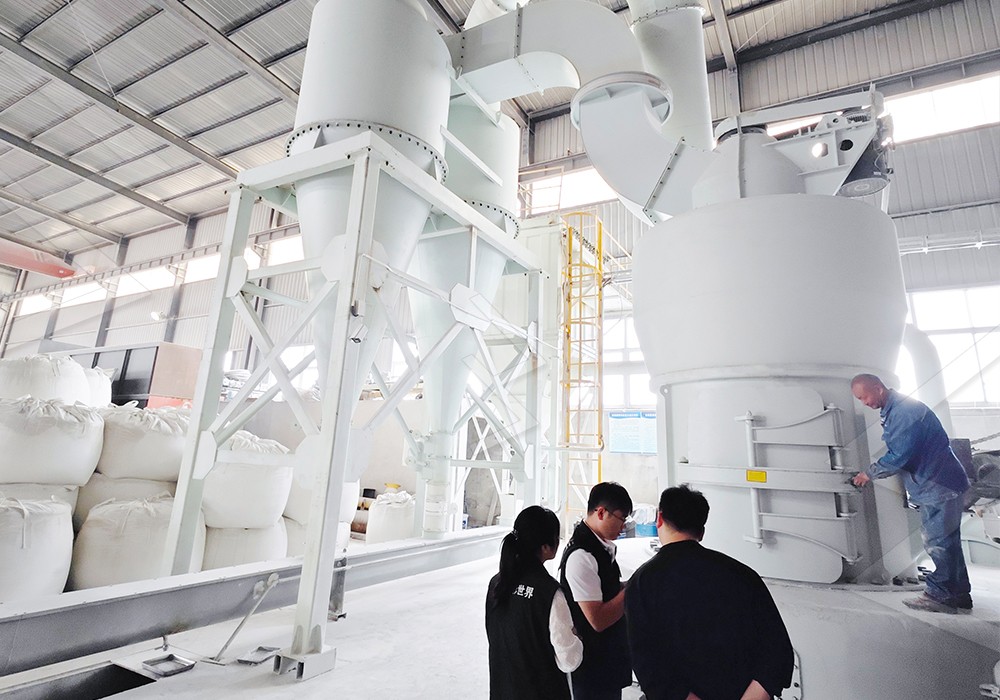3R1510 Raymond Mill Price Guide and Technical Specifications
Understanding the 3R1510 Raymond Mill: A Comprehensive Overview
For decades, Raymond Mill has been a cornerstone in powder processing operations worldwide. The 3R1510 model represents a specific configuration within this renowned series, designed to deliver reliable performance for medium-scale grinding applications. As industry professionals know, selecting the right grinding equipment requires careful consideration of both technical specifications and operational economics.

The 3R1510 designation refers to a mill with 3 grinding rollers and a roller diameter of 150mm. This configuration typically handles input sizes up to 25mm with a capacity range of 0.6-5 tons per hour, making it suitable for small to medium production requirements. The mill’s straightforward mechanical design ensures operational reliability while keeping maintenance requirements manageable.
Key Technical Specifications
Understanding the precise capabilities of the 3R1510 Raymond Mill is essential for proper application matching. The grinding fineness typically ranges between 80-325 mesh, with some configurations capable of achieving finer outputs. Power consumption varies with material characteristics but generally falls within 22-37kW for the main mill motor. The classifier motor adds approximately 3-7.5kW to the total power requirement.
The mill’s foundation requirements are relatively modest compared to larger grinding systems, with installation space typically around 15-20 square meters. This compact footprint makes the 3R1510 particularly valuable for operations with limited floor space. The system’s overall height generally ranges between 4-5 meters, allowing installation in facilities with standard ceiling heights.
Performance Considerations and Applications
The 3R1510 excels in processing non-flammable and non-explosive materials with Mohs hardness below 7 and humidity under 6%. Common applications include grinding limestone, calcite, dolomite, barite, talc, and other industrial minerals. The mill’s air classification system ensures consistent product quality while allowing adjustment of final product fineness.

Operation-wise, the 3R1510 employs a centralized control system that simplifies monitoring and adjustment. The grinding roller assembly utilizes a spring tensioning system that maintains consistent grinding pressure while allowing passage of non-grindable materials without catastrophic damage. This feature significantly enhances operational reliability in applications where occasional tramp material may be present in the feed.
Modern Alternatives: When to Consider Upgrading
While the 3R1510 Raymond Mill remains a capable workhorse, technological advancements have introduced more efficient alternatives. For operations requiring higher efficiency, finer outputs, or enhanced environmental performance, our MW Ultrafine Grinding Mill presents a compelling upgrade path. With an input size of 0-20mm and capacity ranging from 0.5-25 tph, this advanced system delivers significantly higher yields with lower energy consumption.
The MW Ultrafine Grinding Mill incorporates German cage-type powder selector technology, enabling precise fineness adjustment between 325-2500 meshes. Its innovative design eliminates rolling bearings and screws within the grinding chamber, addressing common failure points in traditional designs. The integrated pulse dust collector ensures environmentally compliant operation, making it suitable for applications with strict emission requirements.
For operations requiring vertical grinding solutions, our LUM Ultrafine Vertical Grinding Mill offers another sophisticated alternative. Combining Taiwanese grinding roller technology with German powder separating technology, this system achieves exceptional grinding efficiency with energy consumption 30%-50% lower than conventional mills. Its reversible structure simplifies maintenance, while double position-limiting technology ensures operational stability.

Pricing Considerations and Investment Analysis
Pricing for the 3R1510 Raymond Mill varies based on configuration, auxiliary equipment, and current market conditions. As a general guideline, complete systems typically range between $50,000-$80,000, though specific quotations should be obtained based on individual requirements. When evaluating investment decisions, consider not only initial acquisition costs but also operational expenses, maintenance requirements, and potential production losses due to downtime.
Modern alternatives like the MW and LUM mills may command higher initial investment but often deliver superior return through reduced energy consumption, higher throughput, and lower maintenance costs. The optimal selection depends on specific production requirements, material characteristics, and long-term operational objectives.
Frequently Asked Questions
What is the typical lifespan of a 3R1510 Raymond Mill?
With proper maintenance and regular wear part replacement, the 3R1510 can provide 15-20 years of reliable service. Critical wear components like grinding rollers and rings typically require replacement every 1-2 years depending on material abrasiveness and operating hours.
Can the 3R1510 handle moist materials?
The standard configuration is designed for materials with moisture content below 6%. For higher moisture materials, auxiliary drying equipment or system modifications may be necessary to maintain optimal performance.
How does the MW Ultrafine Grinding Mill compare to the 3R1510?
The MW system offers significantly higher efficiency, finer output capability, and more advanced environmental controls. It represents a generational improvement in grinding technology, particularly for applications requiring ultra-fine powders or operating under strict emission regulations.
What factors most significantly impact grinding efficiency?
Material hardness, feed size distribution, moisture content, and desired product fineness all substantially influence grinding efficiency. Proper system configuration and operational parameters must be matched to specific material characteristics to optimize performance.
Is remote monitoring available for these grinding systems?
While the basic 3R1510 typically features local control, our modern MW and LUM mills incorporate advanced control systems with remote monitoring capabilities, allowing for optimized operation and proactive maintenance planning.
